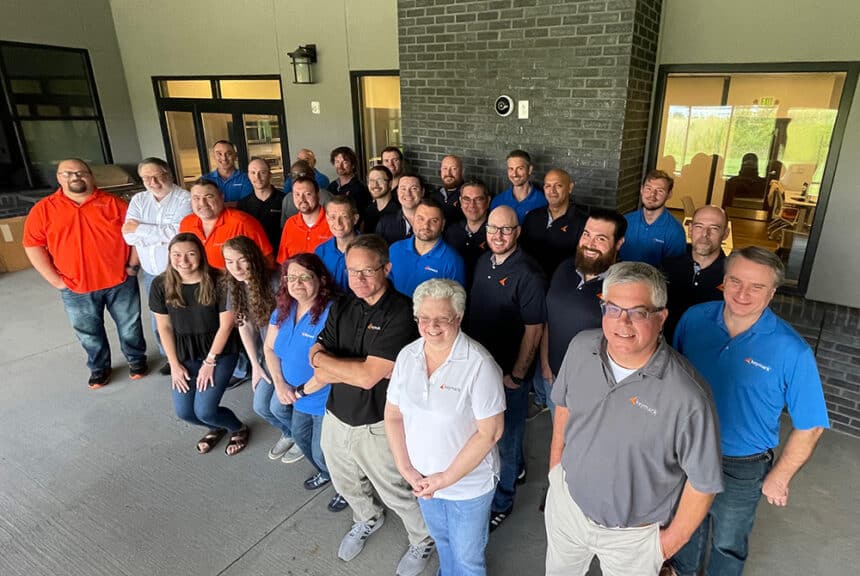Robotic Process Automation for Logistics Companies, Part 1
With logistics accounting for 9% of the global gross domestic product (GDP), it’s one of the largest and most productive industries in the global economy. However, the industry, as a whole, has been slower than other industries to adopt new digital transformation technologies.
According to Kofax, 32% of transportation and logistics companies still rely on manual steps in more than 50% of their processes. The result of these manual, labor-intensive tasks are significant inefficiencies and productivity losses.
Fortunately, there’s an emerging technology called robotic process automation (RPA) that allows you to automate mind-numbing, repetitive tasks, while driving down costs and improving customer service. Instead of re-keying and cutting and pasting customer-critical information between multiple systems, your personnel can focus on more strategic, high-value work, leaving the mundane tasks to the intelligent software robots working behind the scenes.
What is Robotic Process Automation?
The Institute for Robotic Process Automation defines robotic process automation this way:
“The application of technology that allows employees in a company to configure computer software or a ‘robot’ to capture and interpret existing applications for processing a transaction, manipulating data, triggering responses and communicating with other digital systems.”
In transportation and logistics, your organization can leverage RPA to automate three key business activities: shipment scheduling and tracking, invoicing and credit collections, and order and inventory tracking.
1. Shipment Scheduling and Tracking
One of the greatest opportunities to transform your processes lies in the scheduling and tracking of your customers’ shipments. Chances are, you may be leveraging B2B portals – or web portals – to help you centralize and track transactions, simultaneously providing your customers with greater visibility of their inventory and shipping information.
While beneficial, the inherent inefficiency of these portals is that they don’t typically talk to the internal transportation management systems your personnel use to schedule and track shipments. The unsavory side-effect is re-keying data. Not does re-keying data steal valuable time from employees, it opens your organization up to errors caused by manual processes. It also limits your overall ability to scale easily and effectively. After all, the more accounts you add the more personnel you’ll need to re-key customer information.
Many logistics companies follow this real-world workflow. A Customer Service Representative (CSR) receives a shipment request from a customer. The CSR prints and files the shipping request. The CSR logs into a scheduling system and enters the shipment details. The CSR then logs into the shipper’s portal and enters the pick-up date, location and time. The CSR then sends a confirmation email to the customer with any and relevant details and documents. Sound familiar?
With Robotic Process Automation, all of the tasks listed above can be automated. If there’s an exception to your normal processes, the CSR would be notified to handle the exception. Done.
Continue here to the second and third RPA use cases for transportation and logistics.
Take the Next Step
We can help you decide pretty quickly whether this would be a good fit for your organization. With 20+ years of experience in automation, we just need about 5 minutes of Q&A.



